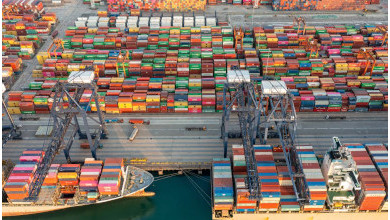Snarled supply chains were a massive aspect of pandemic-era disruptions globally, and ongoing issues may continue to wreak havoc in the U.S. economy despite recent easing.
“It’s still a major problem,” S&P Global Chief U.S. Economist Beth Ann Bovino told Yahoo Finance Live. “It’s one of the biggest factors that are causing this where we are today. We have seen some signs of softness, some signs of moderation – but nowhere near what we need to get to.”
Earlier this week, Ford warned that supply chain pressures continued to hinder car companies and would carry on well into 2023.
“Supply chain tightness not over yet,” Adam Jonas, equity analyst at Morgan Stanley, wrote in a note. “While we have been hearing from both OEs and suppliers about the marginal improvement of the supply chain, Ford’s announcement shows that we are not yet out of the woods.”
Over the past few years, persistent bottlenecks rippled through the balance sheets of businesses in the form of higher costs, lower sales and lost growth opportunities when supply shortages have slowed down production volume.
More recently, labor conflicts are further complicating matters: A near-strike among U.S. railroad workers caused reduced services in preparation for the potential strike, and ongoing contract talks involving U.S. West Coast dockworkers have had some industry experts fearing that negotiations could take longer to resolve.
Click here to read the full report from Dani Romero at Yahoo Finance.
